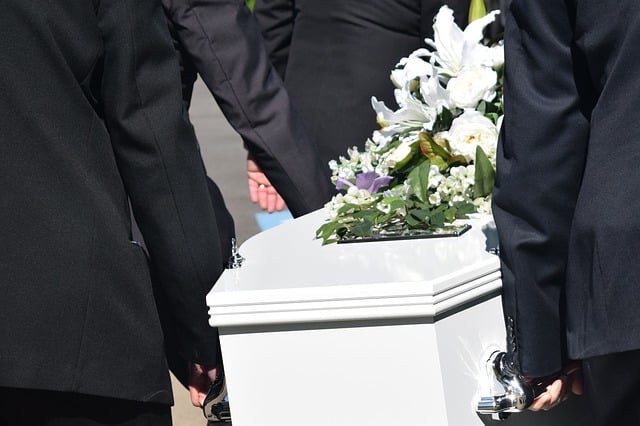
Funerals are the rituals that are carried out after the death of a person.
The concept of funerals comes from the Latin word exsequiae . The term, according to the dictionary of the Royal Spanish Academy ( RAE ), refers to funeral honors .
Before moving forward with the analysis of the notion, it is important to note that exequias is a common feminine noun that is always used in the plural . Therefore, talking about a funeral (in the singular) is wrong.
What are funerals?
We said that obsequies are funeral honors. The services that, with solemnity, are carried out in tribute to the deceased are called honors . The adjective funereal , in fact, alludes to what is linked to the deceased.
It is common for obsequies to be used as a synonym for inhumation , burial and funeral . Although each word has a precise meaning, in colloquial language they are often used interchangeably to name the acts and rituals that are carried out when an individual dies.
Specifically, funerals are ceremonies that allow you to show respect and pay tribute to the person who died . The particularities of the actions depend on numerous factors, such as religion and culture . They are generally carried out hours or days before the burial and then, in many cases, periodically on each anniversary of the death.

The characteristics of funerals depend on religious, cultural and other issues.
Main features
We said that the way funerals are carried out is linked to religious, cultural, social and other issues. On a general level, in any case, funerals are characterized by solemnity .
The funerals, then, are done with pomp and formality . Before the funeral, they constitute the “last goodbye” to the deceased, allowing loved ones (or their admirers, in the case of celebrities) to say goodbye and express, in some way, their love , gratitude, etc.
Various rites and manifestations can be combined at funerals. Acts include intimate or personal components, but they also involve public expression and are constituted as a socially shared fact.
Mass funerals
When a person recognized and loved by the people dies, it is common for massive funerals to be held. These events require careful organization and a logistical effort so that thousands or millions of people can say goodbye to the person honored, but leaving space for the family of the deceased and taking care of the forms required by the circumstances.
The death of former Argentine soccer player Diego Armando Maradona , for example , led to massive funerals. The star died on November 25, 2020 ; In the early hours of the following day, his remains were taken to the Casa Rosada (headquarters of the Executive Branch of the Argentine Republic ) for the wake.
Once the ceremony concluded, the procession that carried Maradona 's body to the cemetery was accompanied by a crowd. President Alberto Fernández , on the other hand, decreed three days of mourning.
An artist and a book
A Greek artist who lived in the 6th century BC is known as Obsequias . This painter and ceramist stood out for his use of the black figure technique .
“Funerals of the Castilian Language” , finally, is a satirical book written by the Spanish Juan Pablo Forner y Segarra . It was made known in 1871 , when the author had already died.
